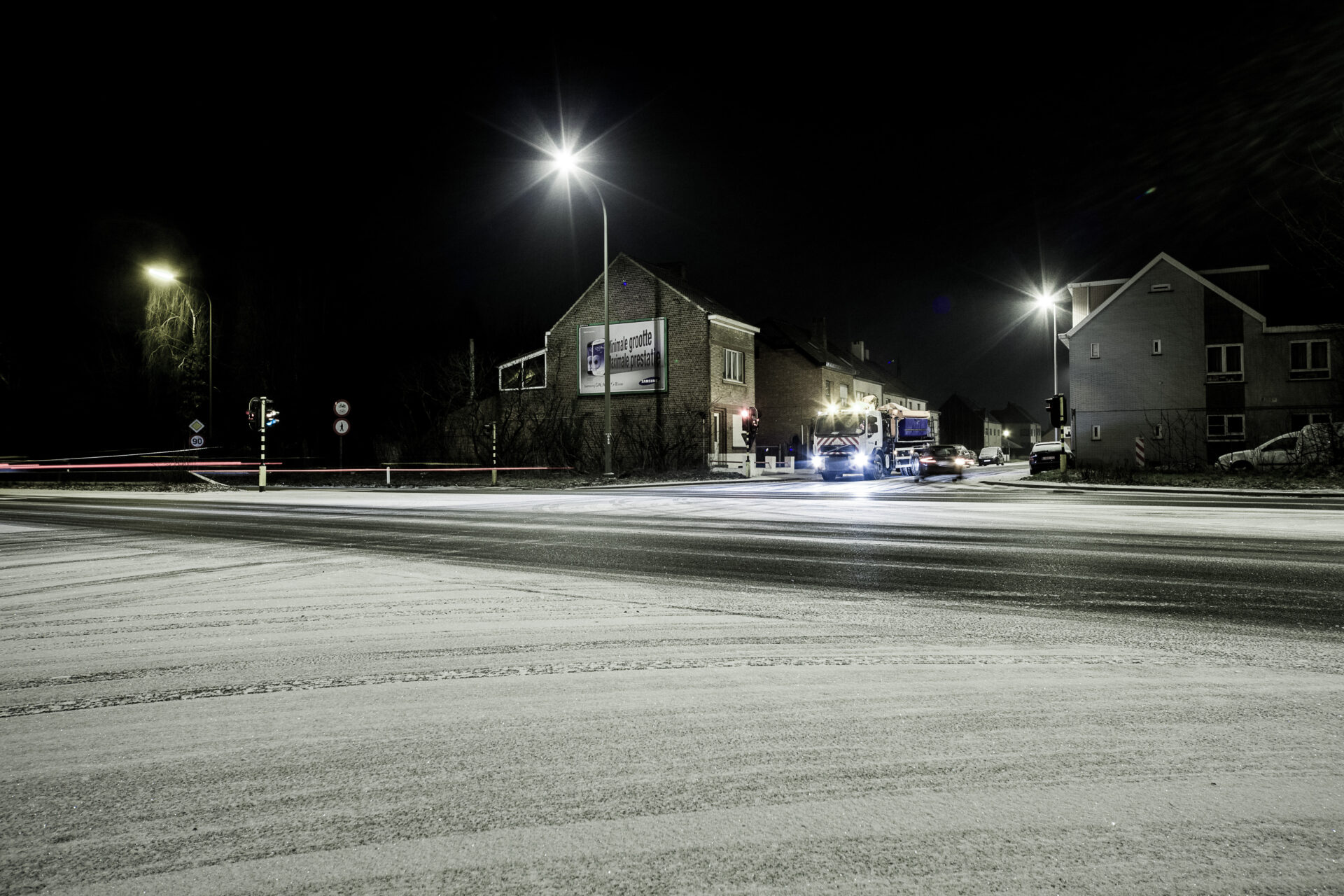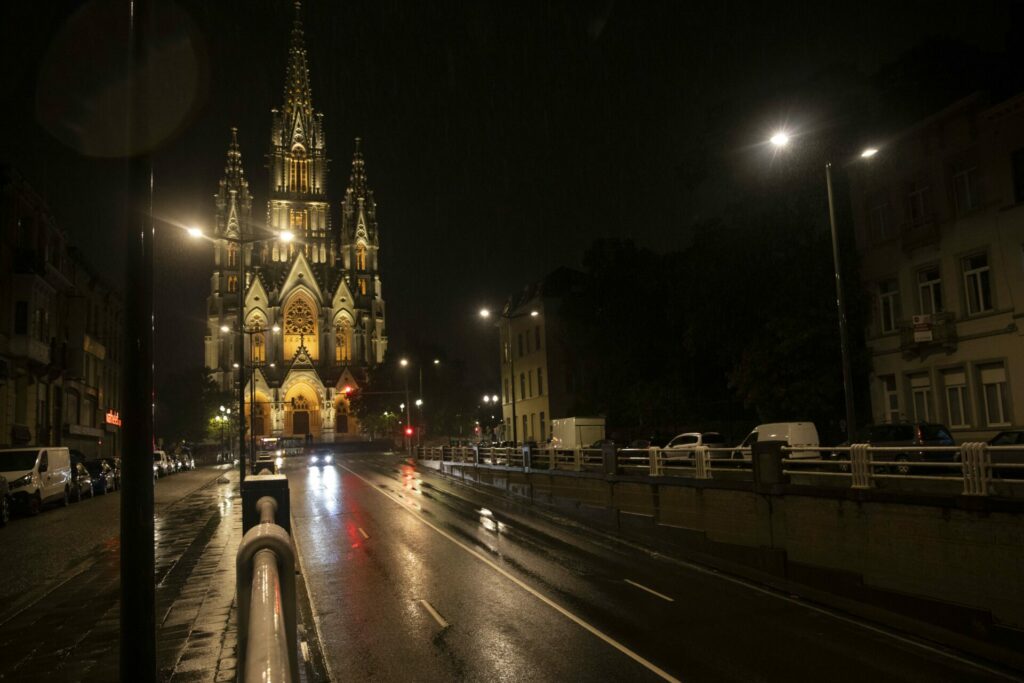Recent studies conducted by the Institute for Nature and Forest Research (INBO) and the PIH - Knowledge Centre for Environment and Health have shed light on the underestimated consequences of nighttime street lighting.
The findings reveal that streetlights not only poses health risks, such as obesity and mental health problems, but it also significantly affects biodiversity. In response, the five Flemish provinces are urging cities and municipalities to transition to LED lighting by 2030, emphasising the need to consider the implications of artificial light on ecosystems, wildlife, and human health.
While the adverse effects of artificial light on sleep quality have long been recognised, these studies underscore the extent of the problem. Night illumination disrupts the production of melatonin, commonly referred to as the sleep hormone. Melatonin plays a vital role in regulating our sleep-wake cycle, and the presence of light, especially blue light, inhibits its production, leading to sleep disturbances and potential health issues.
Moreover, individuals residing in areas with excessive blue night lighting may face an increased risk of breast cancer, as melatonin is believed to possess cancer-preventive properties. The influence of light on melatonin production could also contribute to a heightened risk of obesity and have a significant impact on mental well-being.

Credit: Belga / Siska Gremmelprez
Night lighting's reach extends far beyond human health, with adverse effects observed on wildlife as well. For instance, the reproduction of glowworms is jeopardised as males fail to recognise the light signals of females, impacting their mating rituals. Birds, too, are affected, with early onset of morning songs and egg-laying occurring due to inadequate caterpillar availability.
One of the most concerning findings involves the obstruction of wildlife migration routes by illuminated roads and bridges. Research from Finland has revealed that the river prick, a rare fish species found in Belgium, halts its migration due to an illuminated bridge blocking its path. Such findings underscore the critical need to consider the consequences of artificial lighting on ecosystems and wildlife.
Safety concerns for women?
Daan Dekeukeleire, an expert from INBO, told VRT that there is no one-size-fits-all solution for local authorities. Decision-makers must consider various factors, including residents' safety perceptions, particularly for women. Dekeukeleire suggested some general guidelines, such as dimming or turning off lights in residential areas when possible, opting for red or amber light, and addressing pedestrian and cyclist safety concerns through additional measures.
Related News
- Brussels increasingly cracking down on 'rodeo drivers', but battle is complex
- 'Silent deliveries': Belgian companies want to deliver goods at night
- 'Spreading more and more': Over 30 neighbourhoods denounce Brussels' increasing insecurity
"In nature and outdoor areas, we need to preserve darkness as much as possible and create dark networks of stream and river valleys," Dekeukeleire noted, highlighting the importance of preserving natural darkness in certain environments.
To address these concerns and offer practical solutions, a group of experts will collaboratively develop a comprehensive lighting guide for local authorities. The guide will encompass the findings from these illuminating studies, providing actionable lighting tips tailored to specific contexts. It is expected to be accessible via the provinces' websites by the end of 2023.
As the consequences of night lighting become increasingly clear, it is imperative for communities to adopt responsible lighting practices, safeguarding not only human health but also the intricate web of life that thrives in the cover of darkness.

